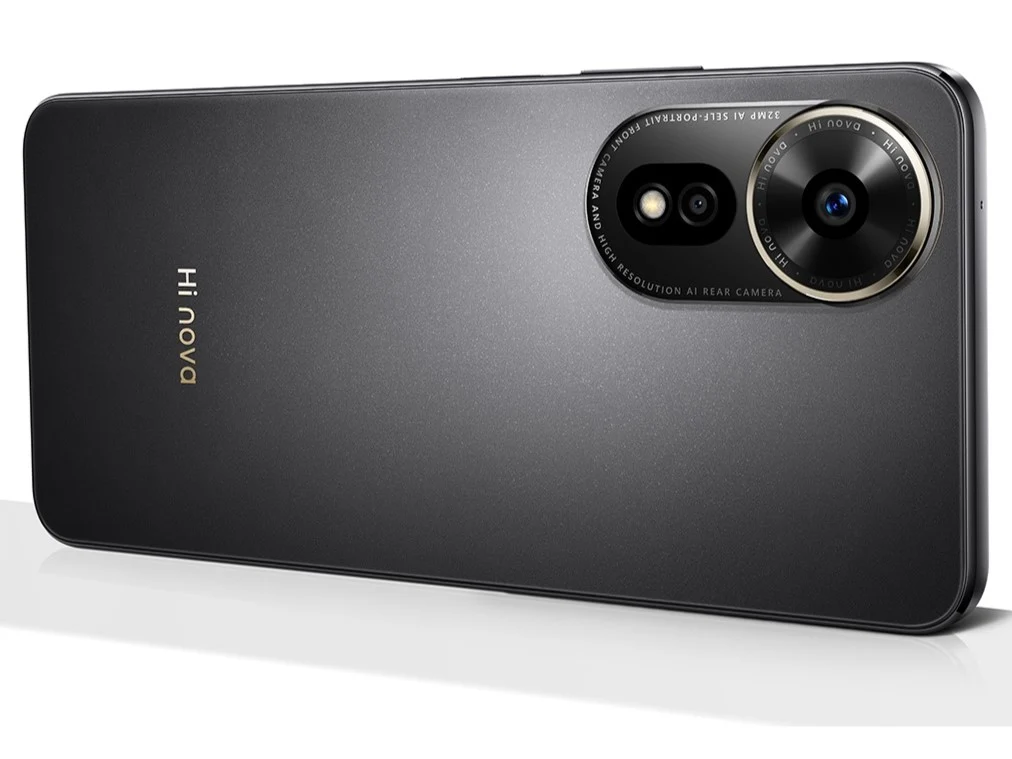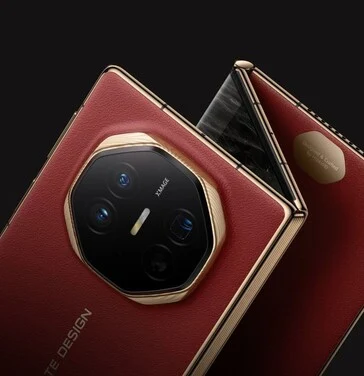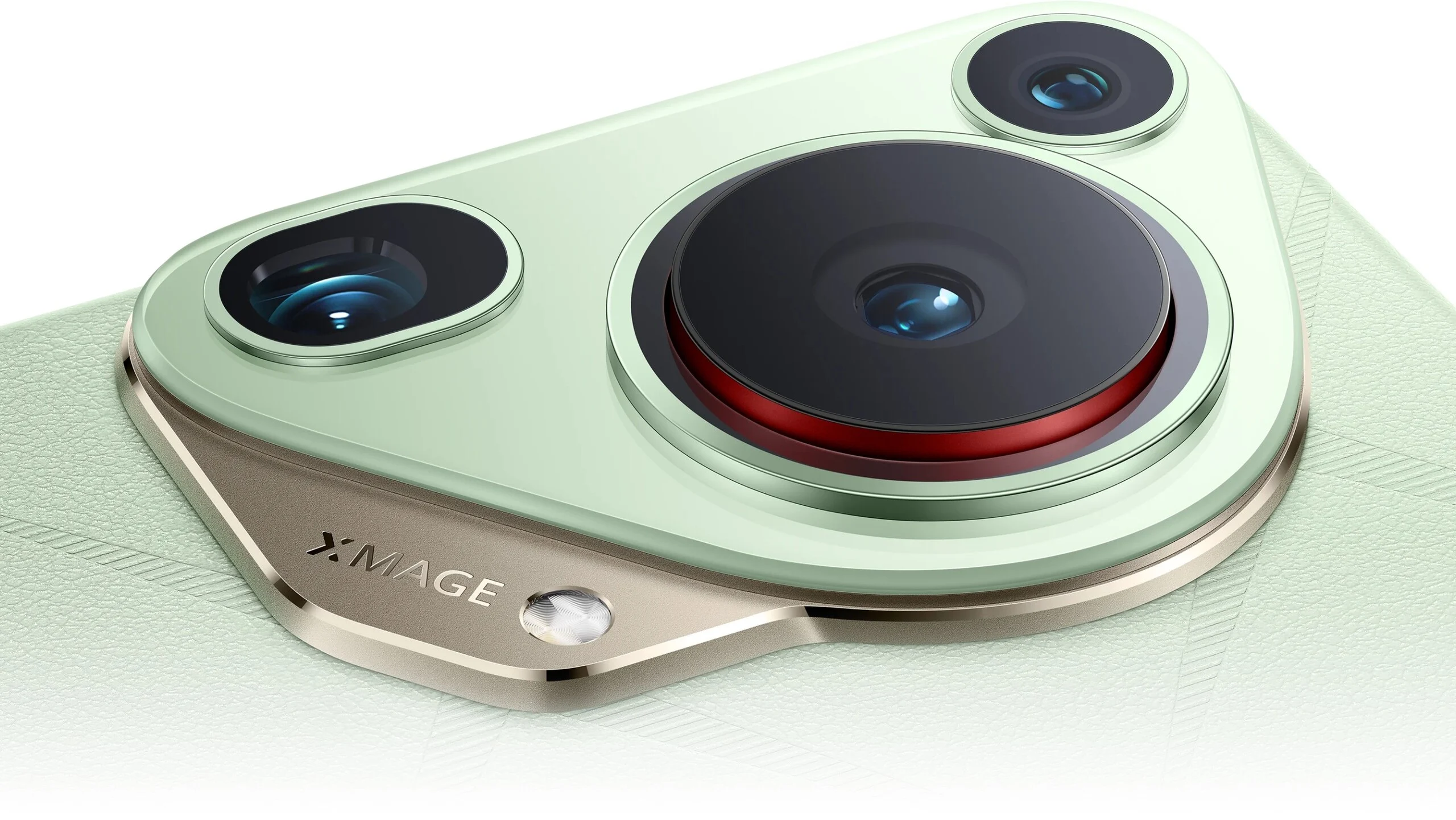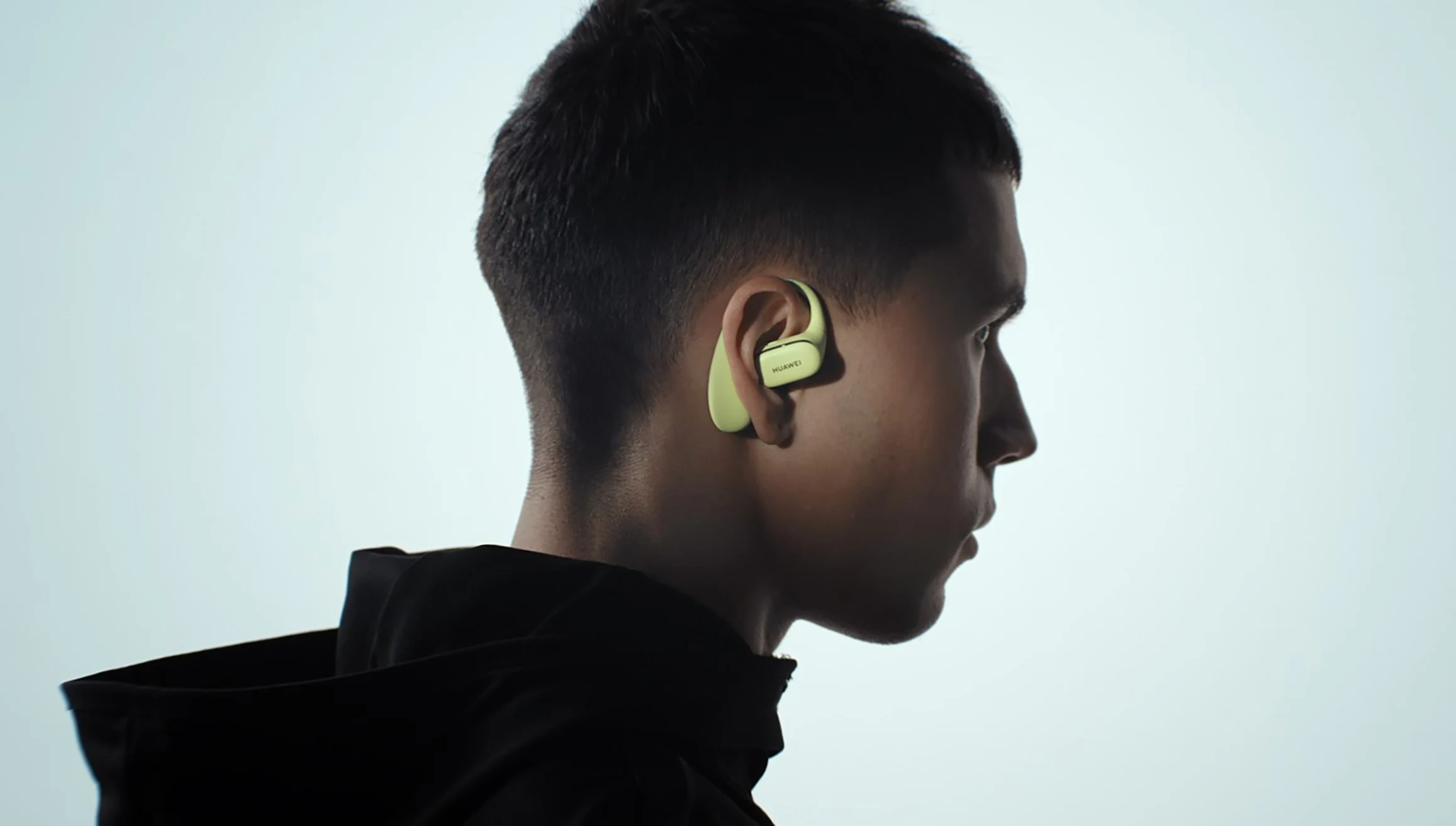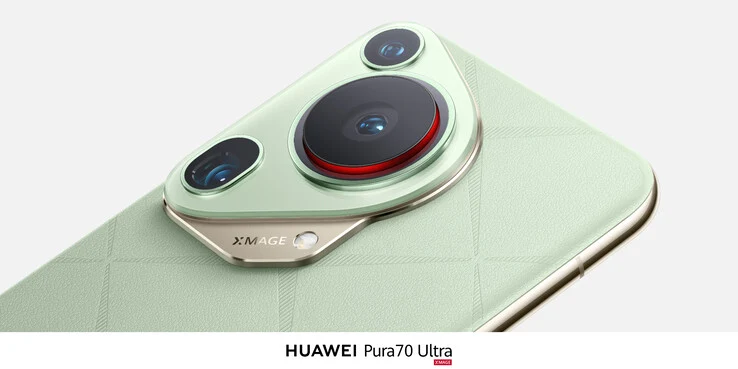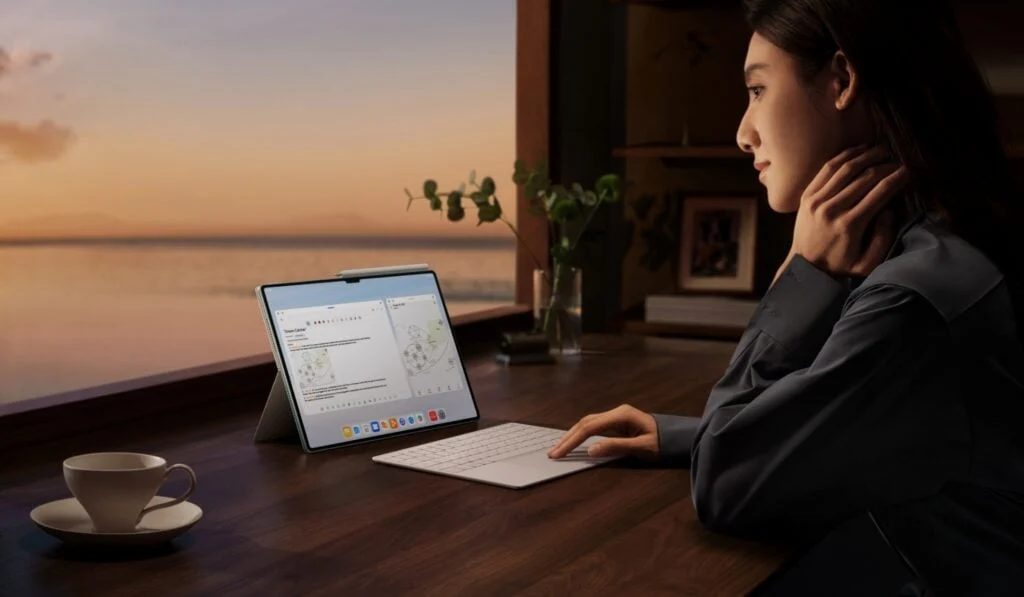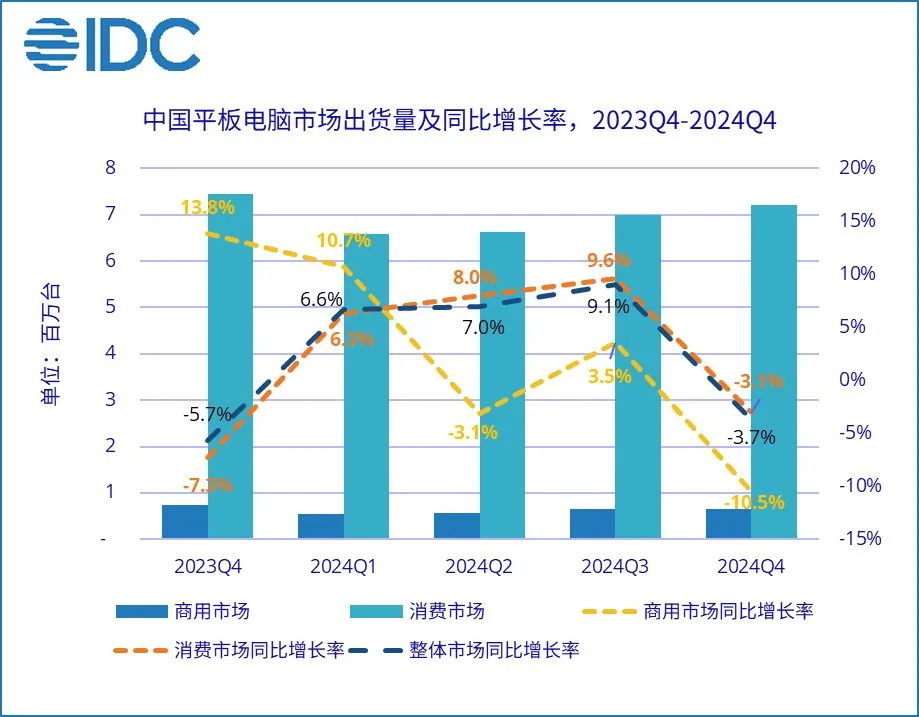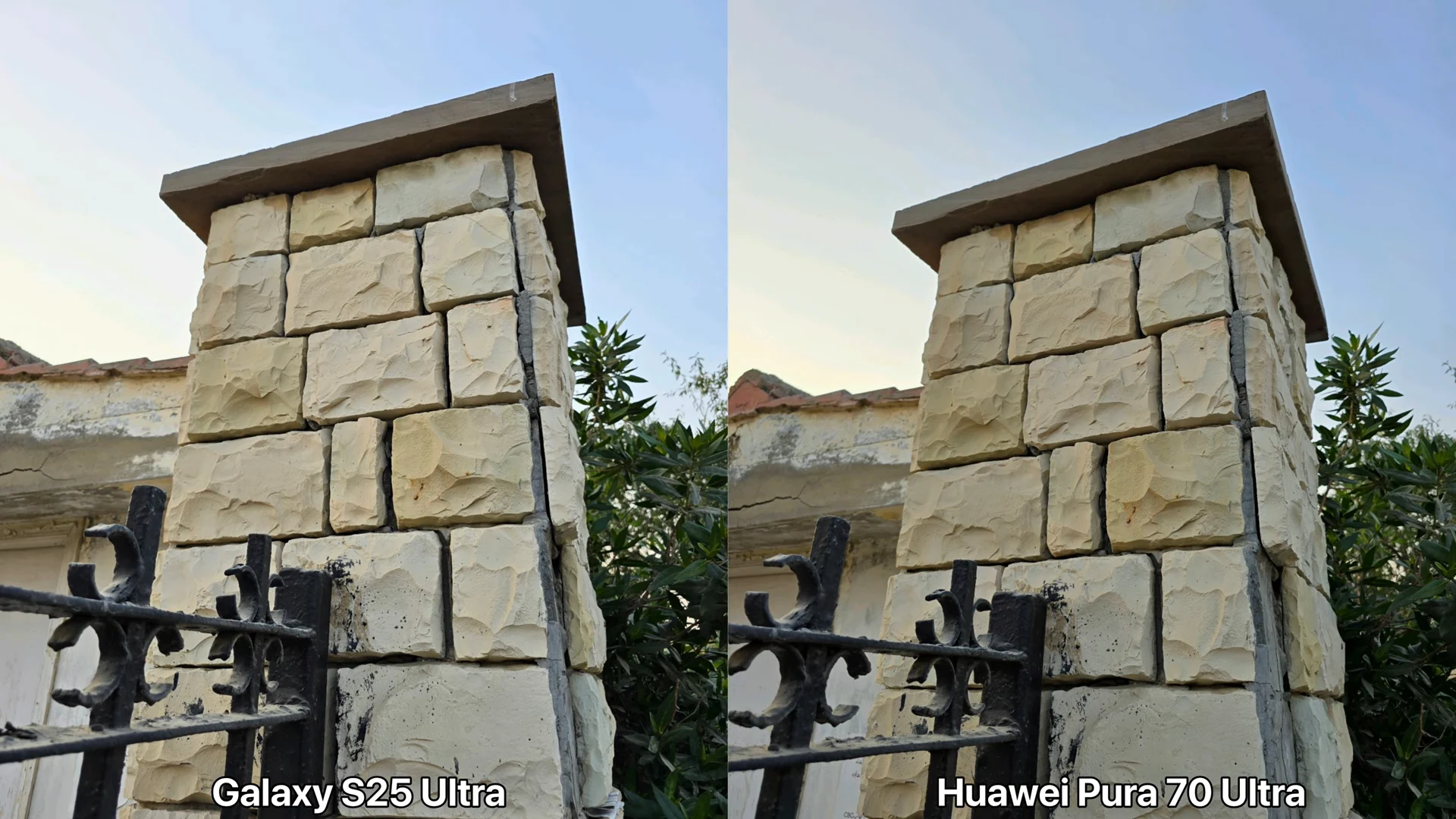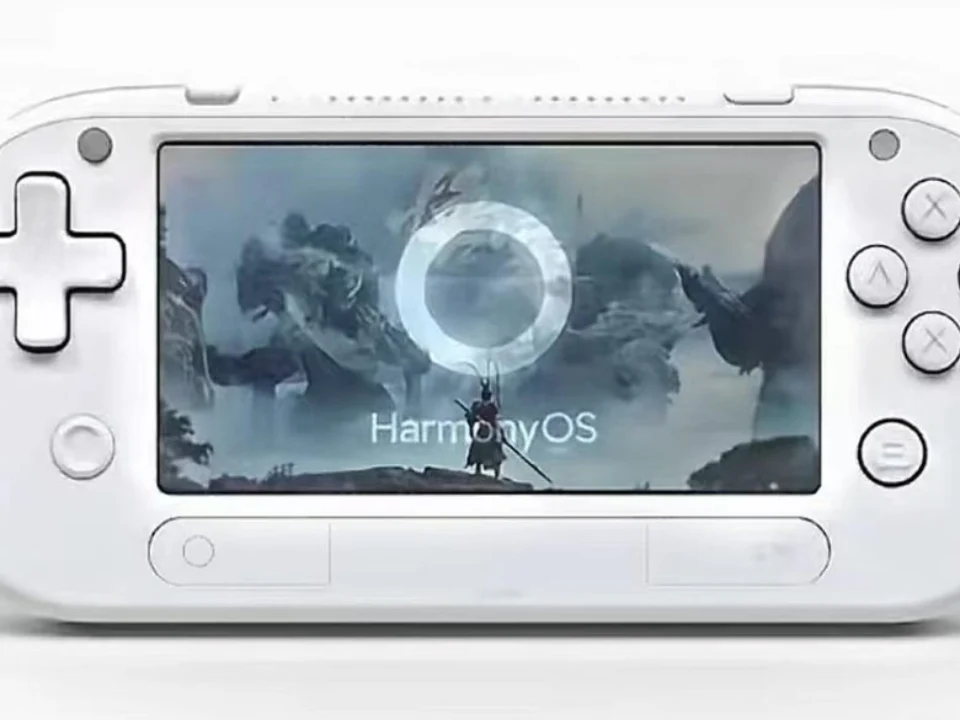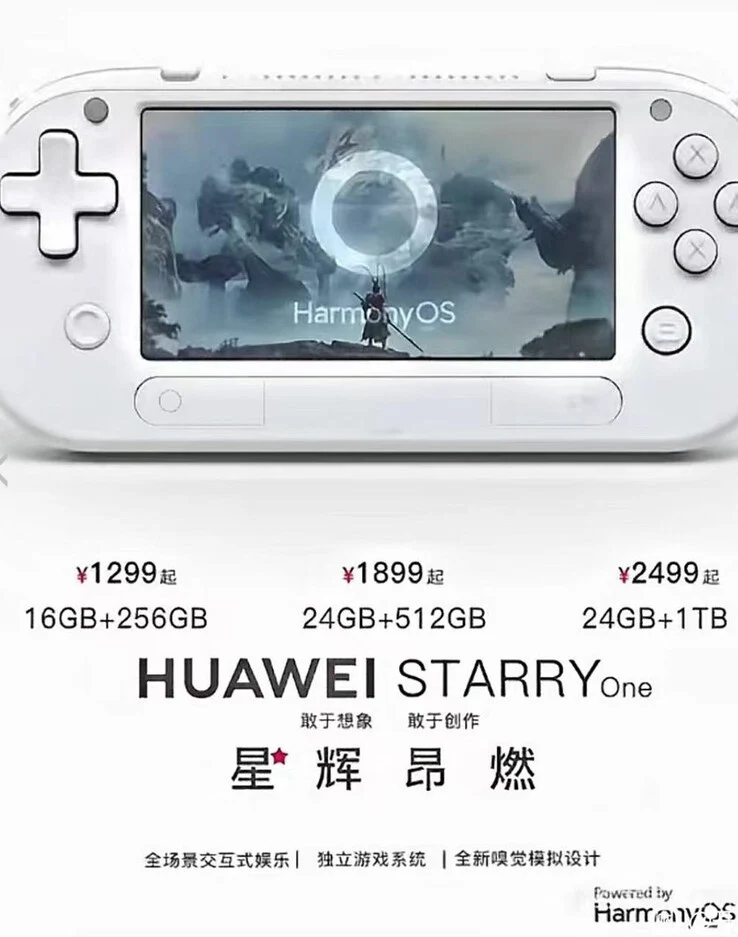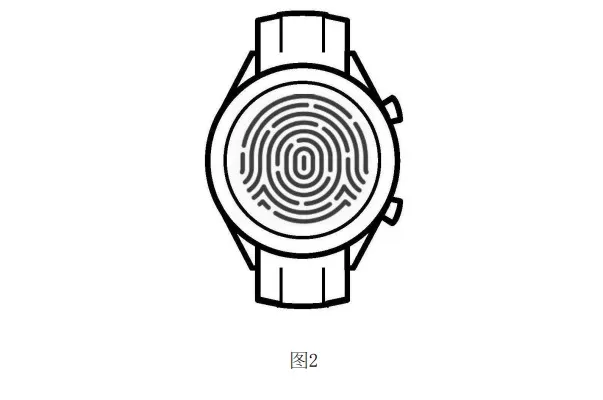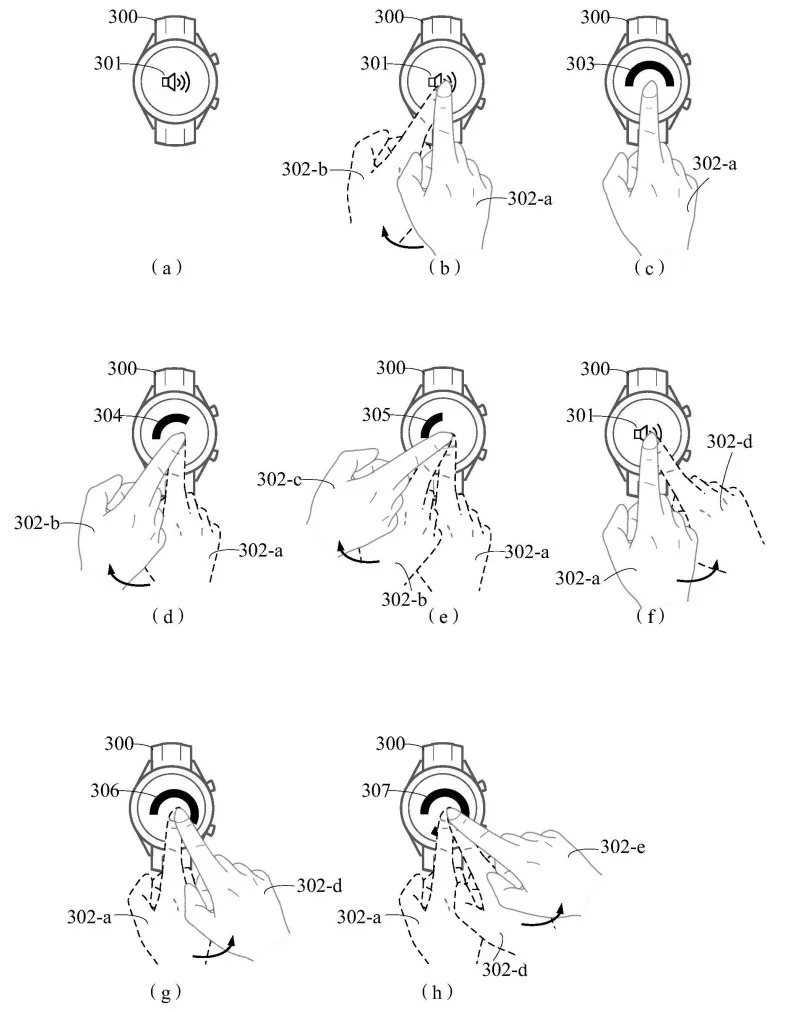Key Takeaways
1. The Huawei Hi Nova 12z is priced around $300 in China and is currently sold out, with uncertain global release plans.
2. It features an octa-core processor without 5G support and runs on a modified version of Android without Google services.
3. The smartphone has a 6.67-inch OLED display with a resolution of 1,080 by 2,400 pixels and a 92% screen-to-body ratio.
4. The camera setup includes a 108MP main camera, a 32MP front camera, and a 2MP depth-sensing camera, along with 8GB RAM and 256GB storage.
5. The device is powered by a 4,500mAh battery with 66W fast charging capabilities.
Huawei has introduced its latest smartphone, the Hi Nova 12z, which isn’t available in Western markets at the moment. The device has been priced at around $300 in China, though it is currently sold out. It’s uncertain if the Nova 12z will be released worldwide, but it does seem to be an enhanced version of the Nova 12, with the SE variant being sold in several regions outside of China.
Performance Features
The Huawei smartphone comes with an octa-core processor that lacks 5G support, which is a strange restriction considering its price point. The company hasn’t disclosed the exact System on Chip (SoC) used in the Nova 12z, but the phone operates on a heavily modified version of Android that does not include any Google services, such as the Play Store.
Display and Design
In terms of display, the Nova 12z features a 6.67-inch OLED screen with a resolution of 1,080 by 2,400 pixels. According to its official specifications, this display can cover the full DCI-P3 color space. Additionally, the device boasts an impressive screen-to-body ratio of nearly 92 percent. Its design is relatively simple yet stylish, making it appealing to many users.
Camera and Storage
The primary camera on the back has a high resolution of 108 megapixels, while the front-facing camera is capped at 32MP. There’s also an extra 2MP depth-sensing camera located on the rear. The Nova 12z is equipped with 8GB of RAM and offers 256GB of internal storage. Finally, the smartphone houses a 4,500mAh battery that supports charging speeds of up to 66 watts.
Source:
Link


